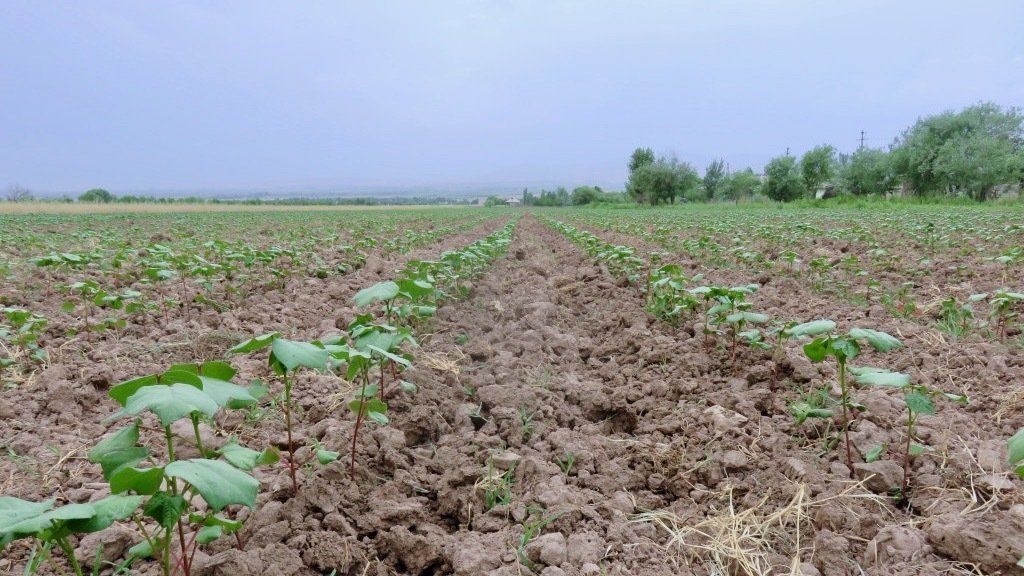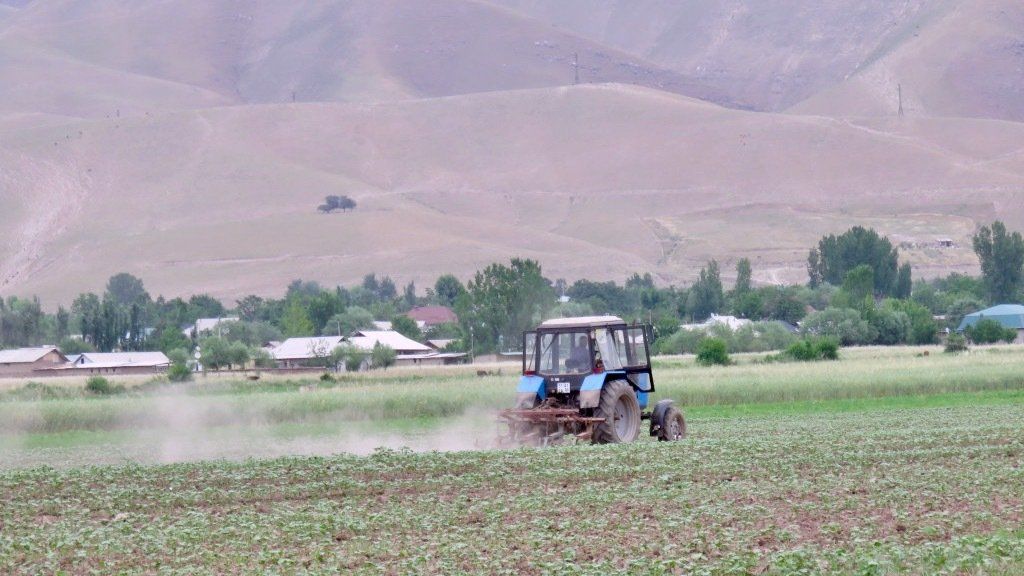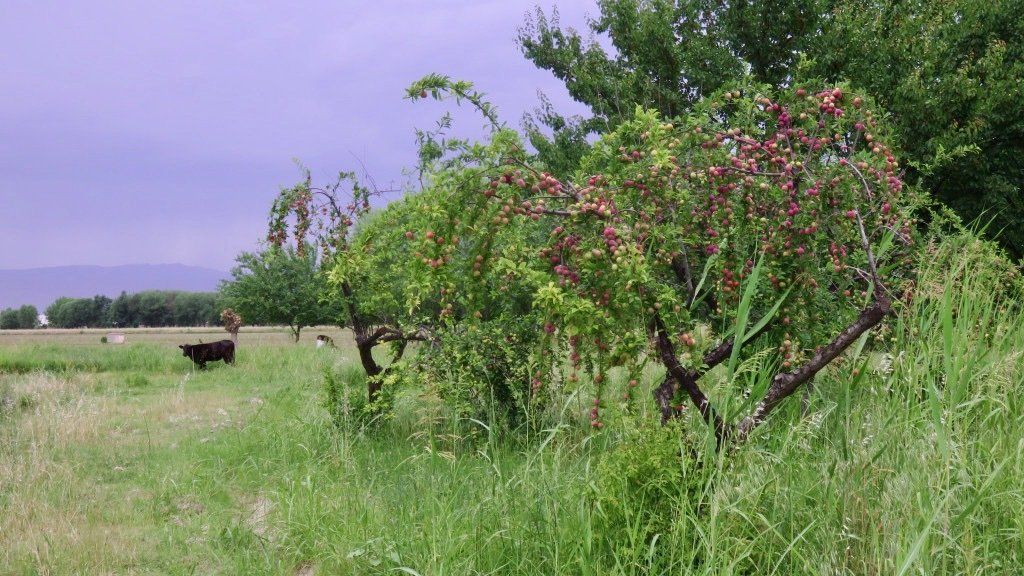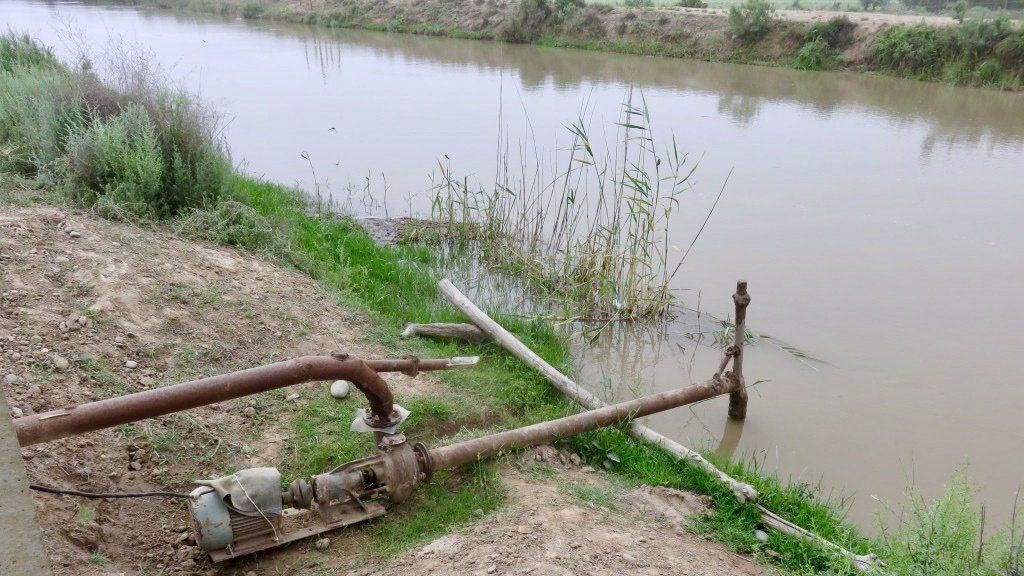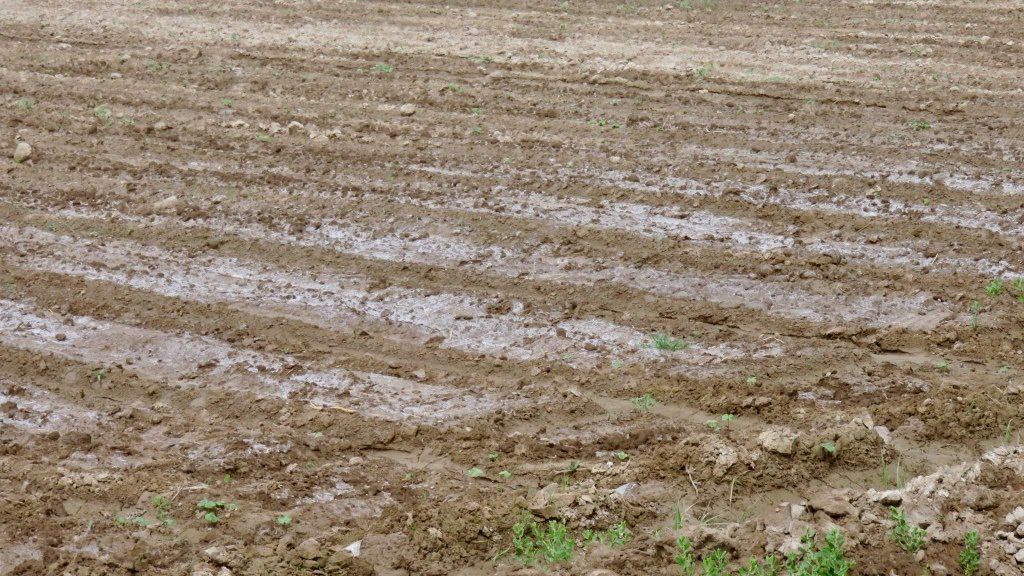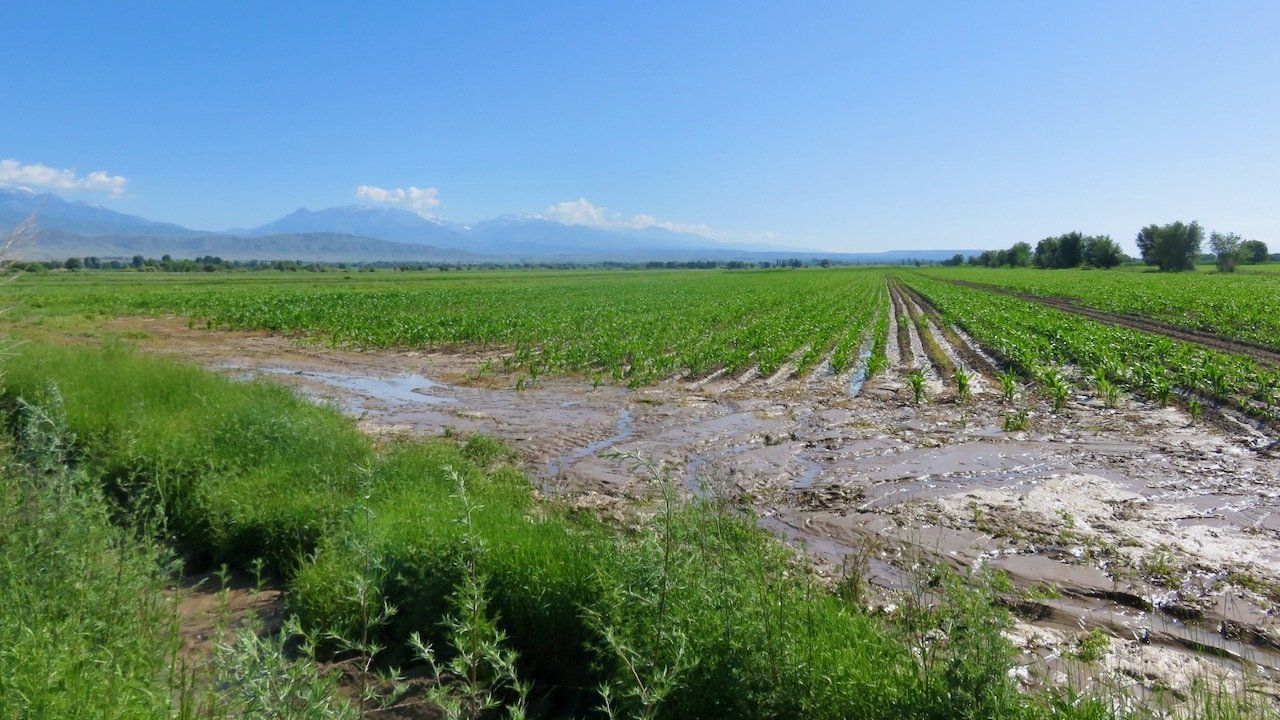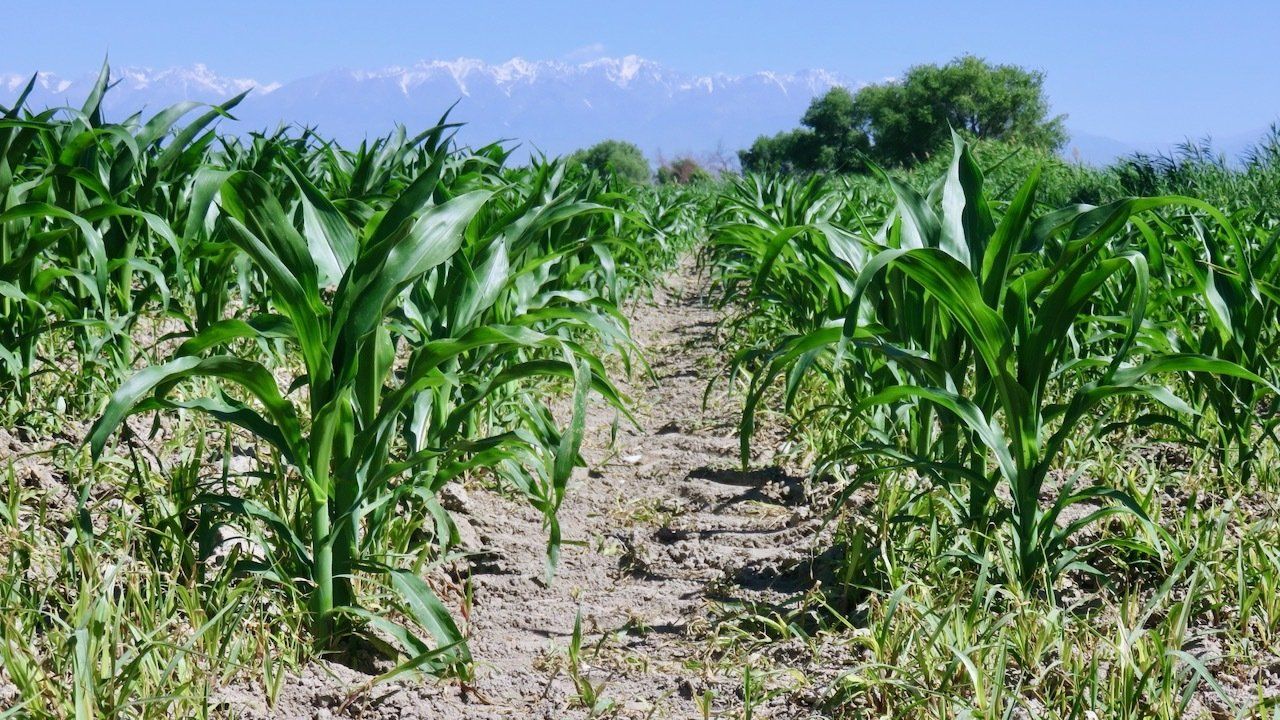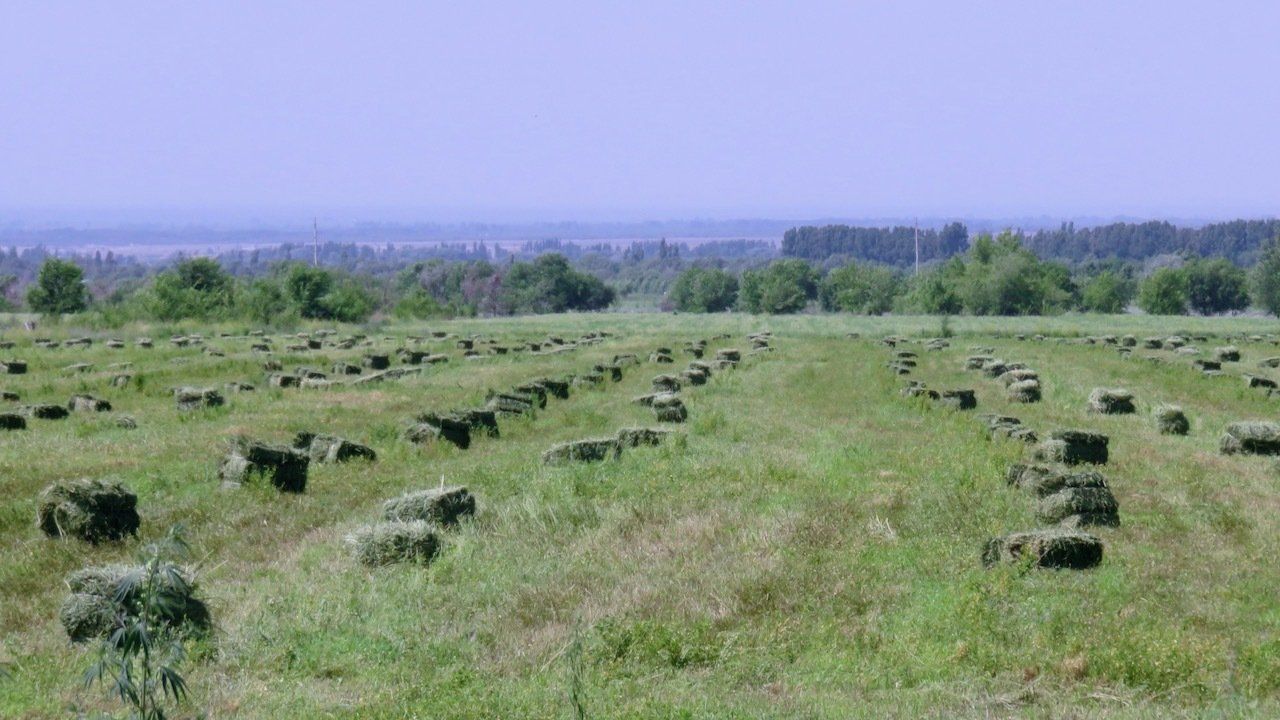Field work for remote-sensing-based crop type mapping
TRANSECT collected field samples on crop types in Tajikistan and Kazakhstan

A similar field work expedition was conducted in June 2022 in Panfilov district, Kazakhstan. The field work was supported by our partner university, the Kazakh National University, named after Al-Farabi.
Analogous to our study region in Tajikistan, the agricultural land is irrigated by a branched network of large and small irrigation channels. Center-pivot irrigation systems are not widespread, but were found next to the town of Koktal, in the western part of the district. Agricultural land use is dominated by maize cultivation, often in crop rotation with alfalfa. Other crops, such as wheat or fruit trees play a subordinate role in terms of area shares. In some areas of the study region agricultural land use is challenged by reed, which can be described as tall, grass-like plants found in wetlands.
